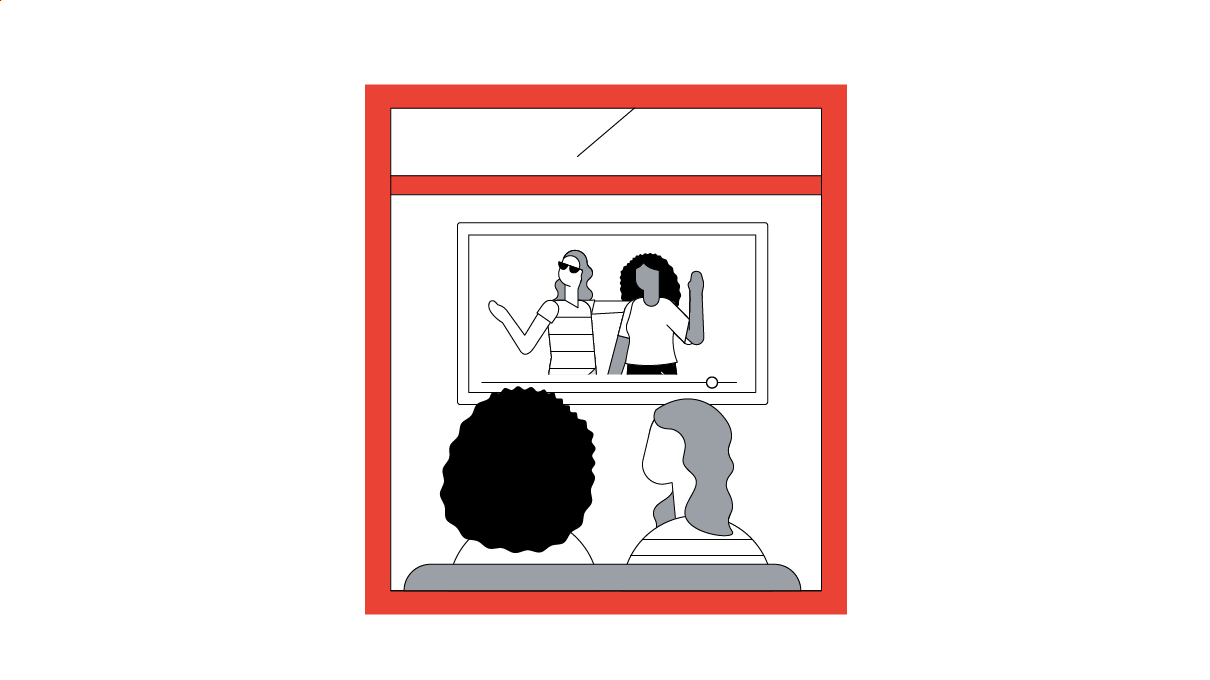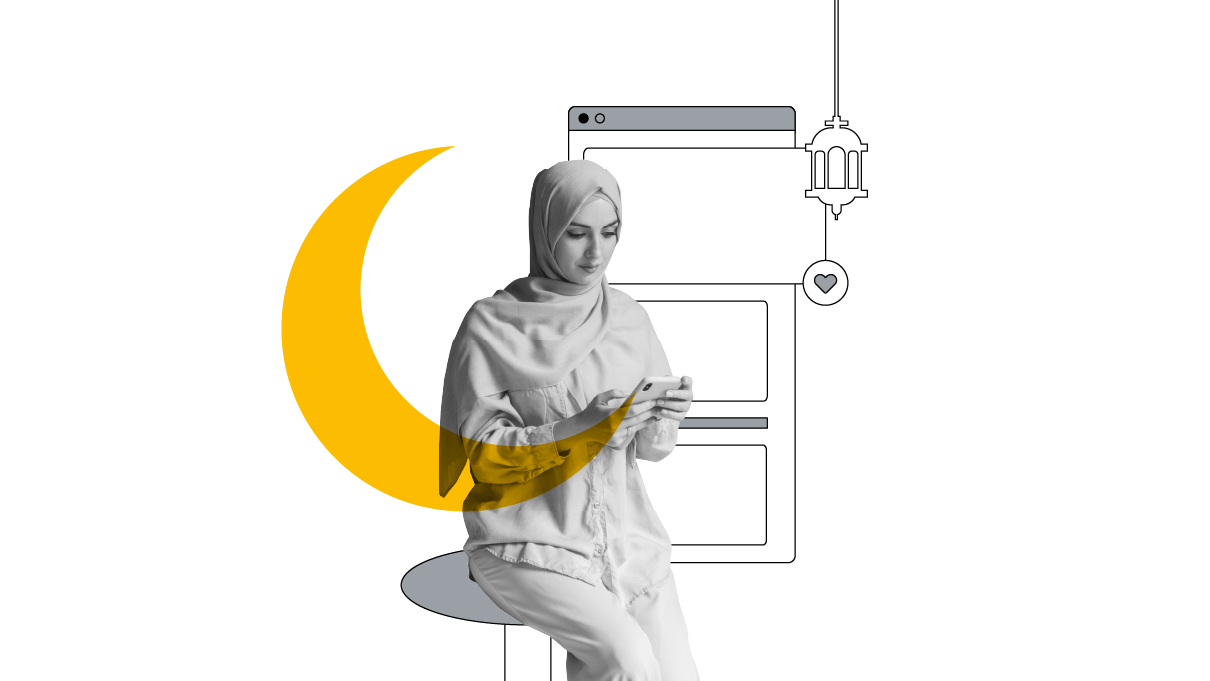Linda Nilsson is the CEO of the Swedish Association of Communication agencies (KOMM). As KOMM launches new research on inclusion and representation in Swedish advertising, she shares how accurately the ad industry is reflecting society at large – and the impact it has.
What does representation mean to you? For me, it’s about making sure every voice is equal and heard.
Representation needs to be based on our audiences – that is, the Swedish population. But often we are presented with media or advertising that doesn’t truly represent the world around us or the communities we live in.
At KOMM, we wanted to understand how Sweden is faring when it comes to inclusion and representation in advertising.
We conducted a study in partnership with Sveriges Annonsörer (the body for Swedish Advertisers), Google Sweden, and the Geena Davis Institute. Together, we analysed representation within top advertising campaigns that were nominated for three prestigious awards over the course of six years (2015-2020). We looked at this in the context of Swedish demographics, while also reviewing the use of stereotypes within these campaigns.1 This is what we found:
The difference between being ‘seen’ and ‘representation’
A quarter of all characters represented in the campaigns we analysed were people from ethnically diverse backgrounds. And with 25.9% of the Swedish population having a foreign background,2 we were initially encouraged by the first wave of results. It sounds great, right? It’s in line with the share of the Swedish population born abroad so it stands to reason that the representation we see in advertising is at least on a par with the diversity we see in our society.
But when we looked closer at the use of stereotypes within these campaigns, it became clear that there was a discrepancy in how they are being represented.
In the campaigns analysed across the six years, white characters are consistently shown to be ‘smart’, more often than non-white characters. In a similar vein, white characters are shown to have a job – more often than characters of colour. White characters are also shown to be leaders more often than characters of colour.
The persistence of tropes and stereotypes
When compared with Swedish population data, women are also fairly well represented on an aggregate level. Sweden has an almost constant rate of 50% representation of women in advertising, compared to 38% internationally.3
But while we see a decrease in the use of tropes and stereotypes overall, there are two exceptions.The categories where we see a very clear under-representation are people over 50 and people with larger body types.
That the use of ageist tropes and stereotypes is increasing is a sad and worrying trend. The same continuous under-representation can be seen for characters with larger body types as the thin body ideal persists, in spite of debates around body image and mental health.
While there is much to be done to improve on these areas, the good news is that it’s not all gloom and doom: there are some areas where representation has improved.
In 2018, 43% of ads used at least one marginalised group trope or stereotype, but in 2020, this was true for only just 15.1% of ads. And while 15% is still too high, the fact that it has improved by 27 percentage points is an encouraging and positive trajectory.
Across all years analysed, the most common stereotypes were sexist ones – we’ve all seen the ‘damsel in distress’, for example, or the overly sexualised female.
Improvement has been made, with 34% of ads in 2018 invoking a sexist stereotype, compared to just 3.8% in 2020 – an improvement of 30 percentage points. So, while we are closing in on these numbers to neutralise sexist stereotyping, we recognise we need to do even more.
Campaigns that break stereotypes
We want to encourage the Swedish communications industry to look at this data and make an honest assessment of where we are and where we want to evolve in the future.
For me, representation should be genuine and meaningful. The King and B-real Films campaign for The Swedish Cancer Society is a great example of raw storytelling, bringing stories to life in the most heartfelt and authentic way.
Real people are complex and nuanced and don’t subject themselves to stereotypes. Insurance company Länsförsäkringar portrayed people as complete individuals, and in doing so showed how you can represent your audience without disability or ethnicity being the traits that define a character.
And style icon Iris Apfel, 100 years young, is the face of H&M’s latest collaboration – showing us once and for all that age is just a number. The collection was designed for all ages and sizes, making inclusion more than just the campaign material, but putting it front and centre of the products and business objectives.
Marketing can either solidify stereotypes or break them. I want us to be on the side of breaking stereotypes. Ask yourself: what stories are missing today? Are you seeing your audience for who they truly are? And how can you tell human stories without the use of stereotypes?
After all, it’s not just being seen that matters – it’s how that representation plays out.
Resources
Sara Mattsson and Pia Ghosh from Google's Creative Works interview Madeline Di Nonno, President and CEO of the Geena Davis Institute on the KOMM report. You can see the full interview here and catch the highlights in the video below.







